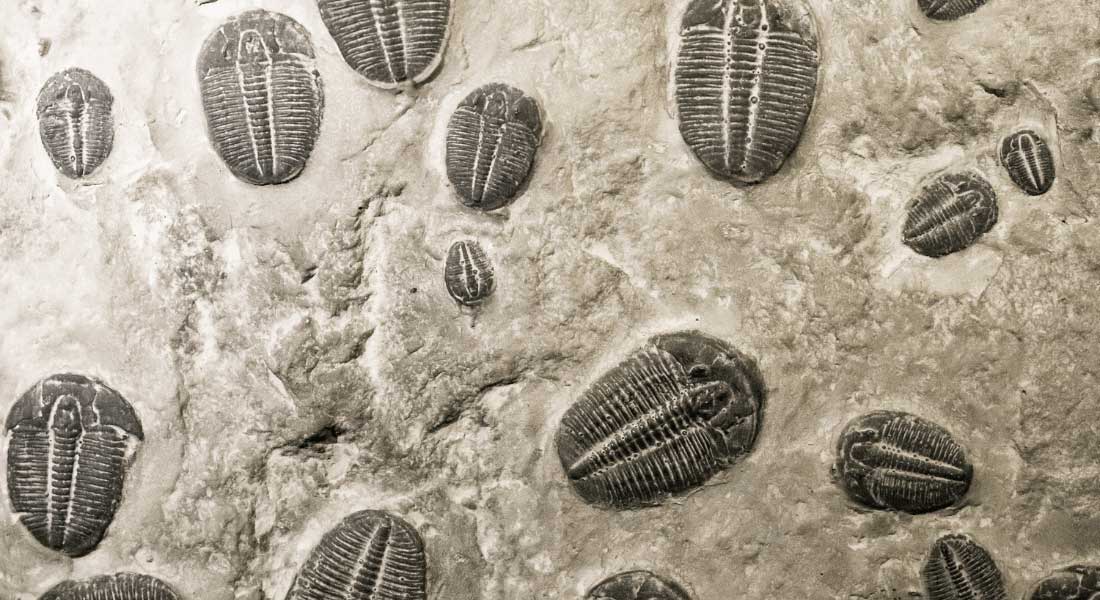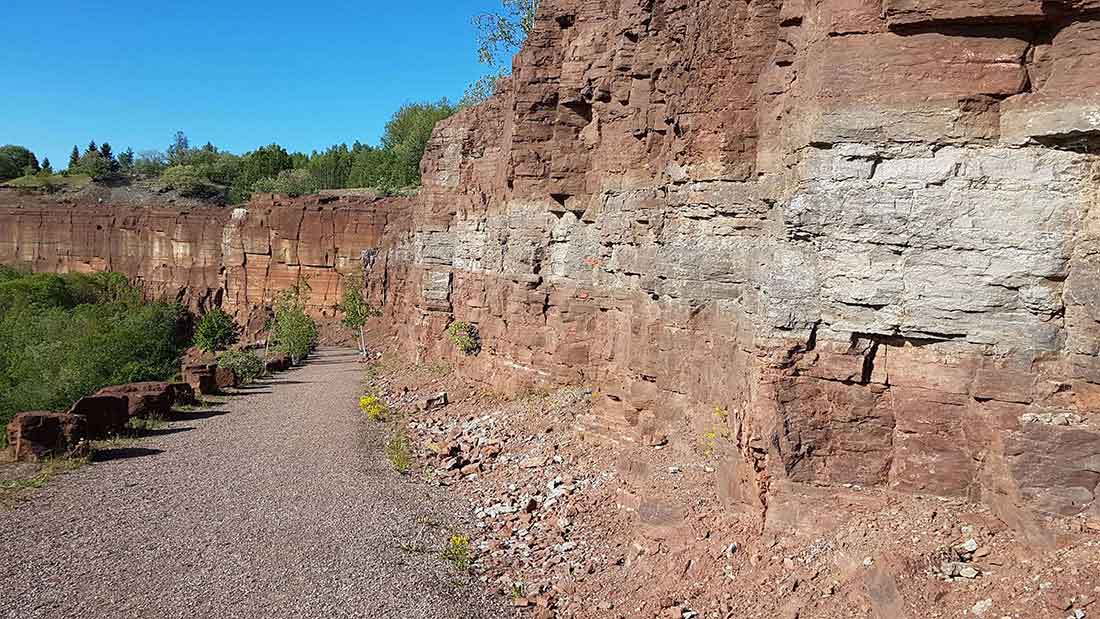The greatest increase in marine biodiversity can help us understand and control ocean deoxygenation
Deoxygenation can make large areas of the ocean uninhabitable. But new study offers new knowledge of how oxygen levels affect marine life – this may help us preserve marine ecosystems. “In the past 50 years, we have already lost an area the size of the EU due to deoxygenation,” researcher behind the study says.

Corals, beacon fish and octopuses. The ocean is full of colourful plants and all kinds of animals that each play a role in the Earth’s ecosystem.
But because of climate changes, the oceans are warming up, causing oxygen-depleted areas to expand rapidly. This turns diverse ecosystems into barren dead zones.
“In the past 50 years, we have already lost an area the size of the EU due to deoxygenation. Large areas of the ocean have become uninhabitable,” says Associate Professor Tais W. Dahl from the GLOBE Institute at the University of Copenhagen, who has headed the new study.
Tais W. Dahl hopes to change that with the study, which breaks with the idea that high levels of oxygen alone improve conditions for marine species.
“We have been studying the greatest increase in marine biodiversity in the history of the Earth and found that oxygenation alone did not cause the increase in new species. Instead, it is the result of stable conditions without fluctuation between deoxygenation and oxygenation,” says first author Álvaro del Rey.
The new knowledge brings scientists a step closer to understanding how dead zones affect marine biodiversity.
“This can give us a basic understanding and help us make models that can predict marine deoxygenation and the consequences for the animals that live in the ocean. It can probably also help us preserve even more marine ecosystems,” he says.
The greatest increase in animal species in the history of the Earth
Together with a team of researchers, Tais W. Dahl has studied samples of ancient seabed deposited in the sea 470-460 million years ago. The samples come from a drill core close to Kinnekulle in Sweden.
Using new geochemical methods, they were the first ever to analyse oxygen levels in the ocean during the greatest increase in marine biodiversity in the history of the Earth. The species that thrived in this period included fish, octopuses, arthropods such as trilobites and various clam-like brachiopods and other invertebrates.

“We have measured the oxygen level using an indirect method based on the heavy element uranium and its isotopes, as the proportion between the heavy U-238 isotope and the light U-235 isotope in marine calcareous sediments reveals the size of ancient dead zones. It is a completely revolutionary method which for the first time ever enables us to say something about oxygenation of the ocean this far back in time,” says Tais W. Dahl and adds:
“By analysing seabed samples from the 10 million-year period in which many animal species emerged, we have learned that the oxygen level stabilised and did not increase until later.”
The new study thus breaks with previous assumptions that the rise in oxygen levels alone was responsible for the increase in animal species.
Furthermore, the researchers have used a new method for accurately dating the ancient seabed samples. And according to Palaeontologist and Associate Professor Christian Mac Ørum Rasmussen from the GLOBE Institute, who has co-authored the study, this has made it possible to date the increase in marine biodiversity far more accurately than ever before.
“Better time resolution of the geological layers as well as the new method for measuring oxygen levels on the planet have enabled us to identify the cause of the sudden increase in marine biodiversity,” says Christian Mac Ørum Rasmussen.
But why did stable oxygen levels cause new animal species to emerge? According to Tais W. Dahl, the answer is that the stable conditions provided the animals with the time and peace and quiet they needed.
“Fluctuating oxygen levels earlier in the history of the Earth made it more difficult for the animals to emerge and diversity in large numbers,” Tais W. Dahl explains.
The study, “Stable ocean redox during the main phase of the Great Ordovician Biodiversification Event”, has been published in Communications Earth & Environment, which is part of the Nature Portfolio.
Contact
Associate Professor Tais W. Dahl
tais.dahl@sund.ku.dk
+45 35 32 23 56
Associate Professor Christian Mac Ørum Rasmussen
c.macorum@sund.ku.dk
+45 35 32 23 57
Álvaro del Rey
alvarodelrey@science.ku.dk
+45 35 32 48 33
